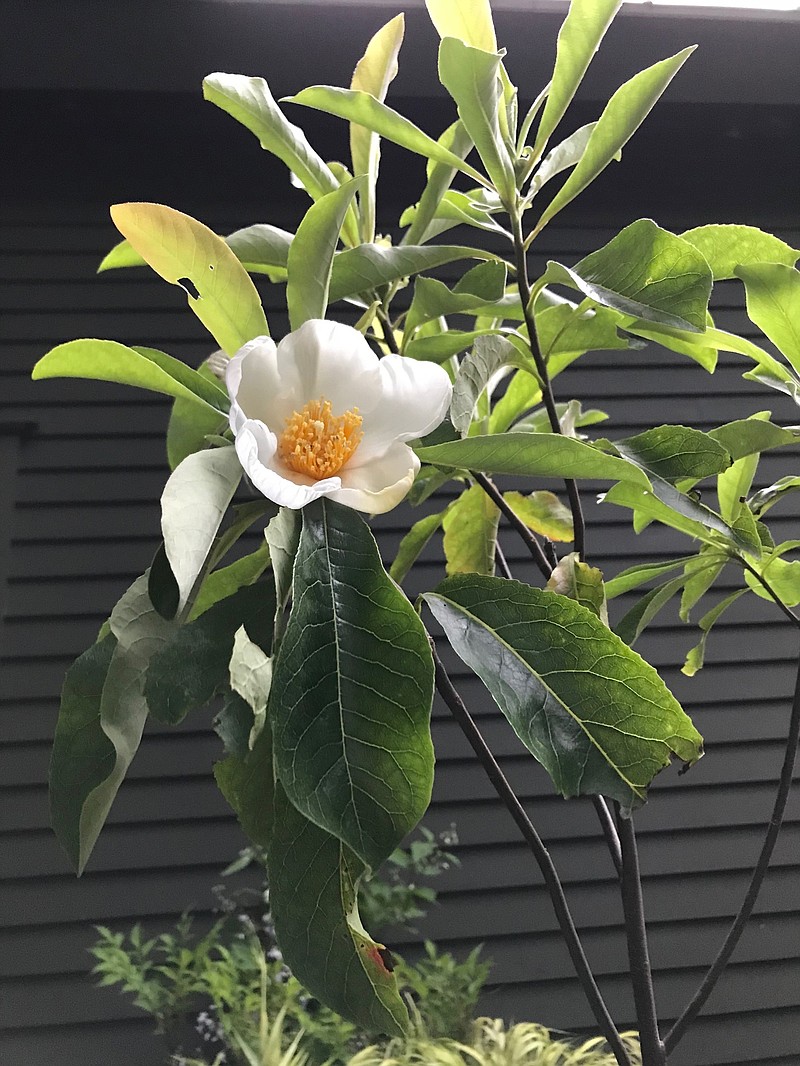If you have the ears to listen, this tree has a story to tell.
Let's go back to 1765 and travel along with American naturalists John Bartram and his son William, from Philadelphia to Florida. On a clear, cool day in October, the Bartrams happened upon a stand of beautiful trees that they didn't recognize along the banks of the Altamaha River in Georgia.
So taken were they by these trees that William eventually made a return trip to bring seeds and cuttings back home to Philadelphia, thus establishing in their botanical garden a planting of Franklinia. They named the genus after their friend, Benjamin Franklin. Botanically, the plant is Franklinia alatamaha.
THE PLOT THICKENS
Now for the strange thing: Franklinia trees have never been sighted in the wild anywhere except in the vicinity of Bartram's original sighting. And that stand of plants eventually died out; the last wild Franklinia was sighted there in 1803.
No one knows why those wild plants disappeared, or why Franklinia never spread beyond its original sighting.
The tree is actually quite cosmopolitan in its needs, and now grows from Massachusetts down to Florida and points West. A census in 1999 tallied up 1,896 Franklinia trees planted in the U.S. They've also been planted in other countries.
This time of year, when the tree's leaves are a dazzling mix of orange, red and mahogany, is a good time to think about planting a Franklinia. A few of the large, white blossoms might even be dressing up the branches still.
ENJOY A LATE SHOW OF BLOSSOMS
Yes, Franklinia is one of those rare, late-flowering trees. Although the main show opens in late summer, new flowers continue to open sporadically over a long period. The blossoms are fragrant, with petals reminiscent of magnolia and camellia. They are soon followed by distinctive seed capsules that split open into 10 segments and dot the branches through the winter.
The tree is further dressed up in winter by an attractive bark, smooth, gray and broken up by longitudinal fissures sometimes highlighted chalky white. The sinewy surface resembles the bark of our native hornbeam trees.
All that Franklinia needs to grow is an acidic soil rich in organic matter. Despite the swampy land that was home to Franklinia's last stand, the tree does need well-drained soil. Maybe that's why that stand died out.
Full sunlight or light shade suits the tree well.
Because they lack fibrous roots, Franklinias are a little finicky about being moved. Transplant only potted or balled-and-burlapped trees, whose roots hardly get disturbed.
Otherwise, Franklinias are easy trees to propagate.

